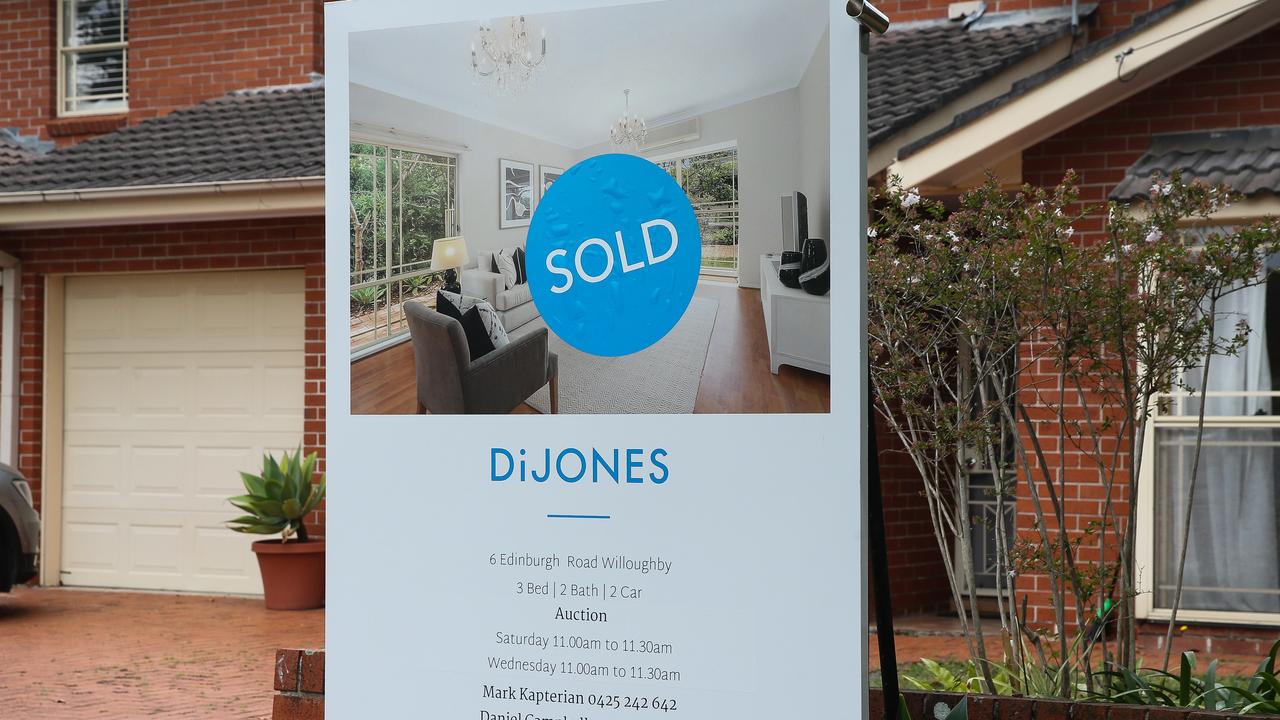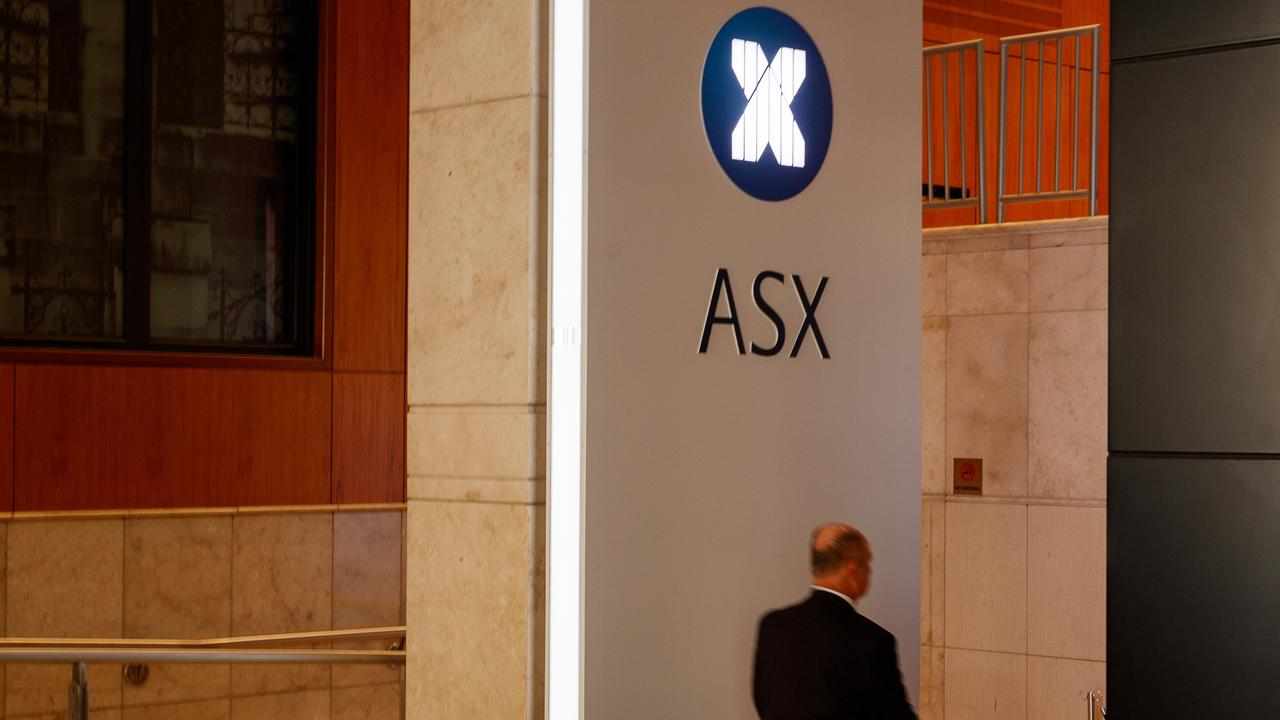Bargain-hunting Aussies spend big during Black Friday sales
Retailers have received a temporary bump during Black Friday sales, official figures show.

Business Breaking News
Don't miss out on the headlines from Business Breaking News. Followed categories will be added to My News.
The doom and gloom for Aussie retailers has temporarily subsided, as shoppers returned in droves during the Black Friday sales.
Retail spending spiked during the November sales, with the latest stats from the Australian Bureau of Statistics showing Australians spent an extra 0.8 per cent seasonally adjusted during the Black Friday period.
ABS head of business statistics Robert Ewing said Black Friday sales events proved once again to be a big hit, with widespread discounting and higher spending across all retail industries.
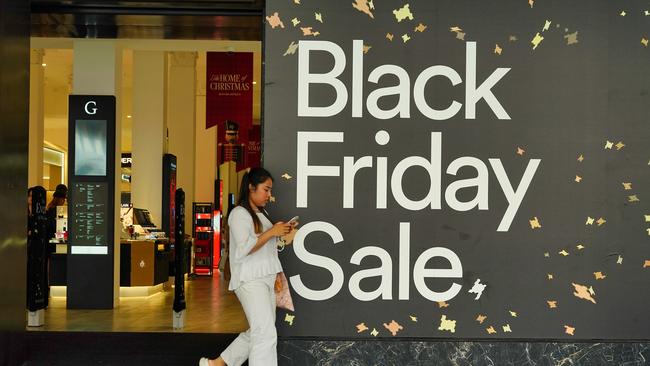
“The popularity of Black Friday sales continues to grow with promotional activity now stretching across the entire month of November, not just solely focused on the Black Friday weekend,” he said.
Despite retail sales falling below the Bloomberg consensus of a 1 per cent growth in spending during November, it was still the strongest monthly rise since January 2024.
Oxford Economics Australia lead economist Ben Udy said the popularity of Black Friday sales could easily distort the true picture of Australians’ spending habits.
“This makes it extremely difficult to get a read on the underlying strength of consumption from these data, as the solid rise is likely to be offset by a contraction in sales in December,” he said.
“Even so, the 1.5 per cent month-on-month rise in spending at cafes and restaurants suggests there was a lift in spending outside of Black Friday-related sales.”
AMP economist My Bui said Thursday’s results showed Australia was seemingly past the worst point of the cost-of-living crisis, as nominal sales and real spending volumes had picked up since August.
“Over the last year, monthly retail sales grew 3 per cent which is higher than headline inflation, Ms Bui said.
“While retail sales are still driven by population growth – meaning the spending volume per capita is still lower than a year ago, it has also risen lately, similar to signals from consumer sentiment surveys showing that households are slightly more willing to purchase goods during the 2024 holiday season.”
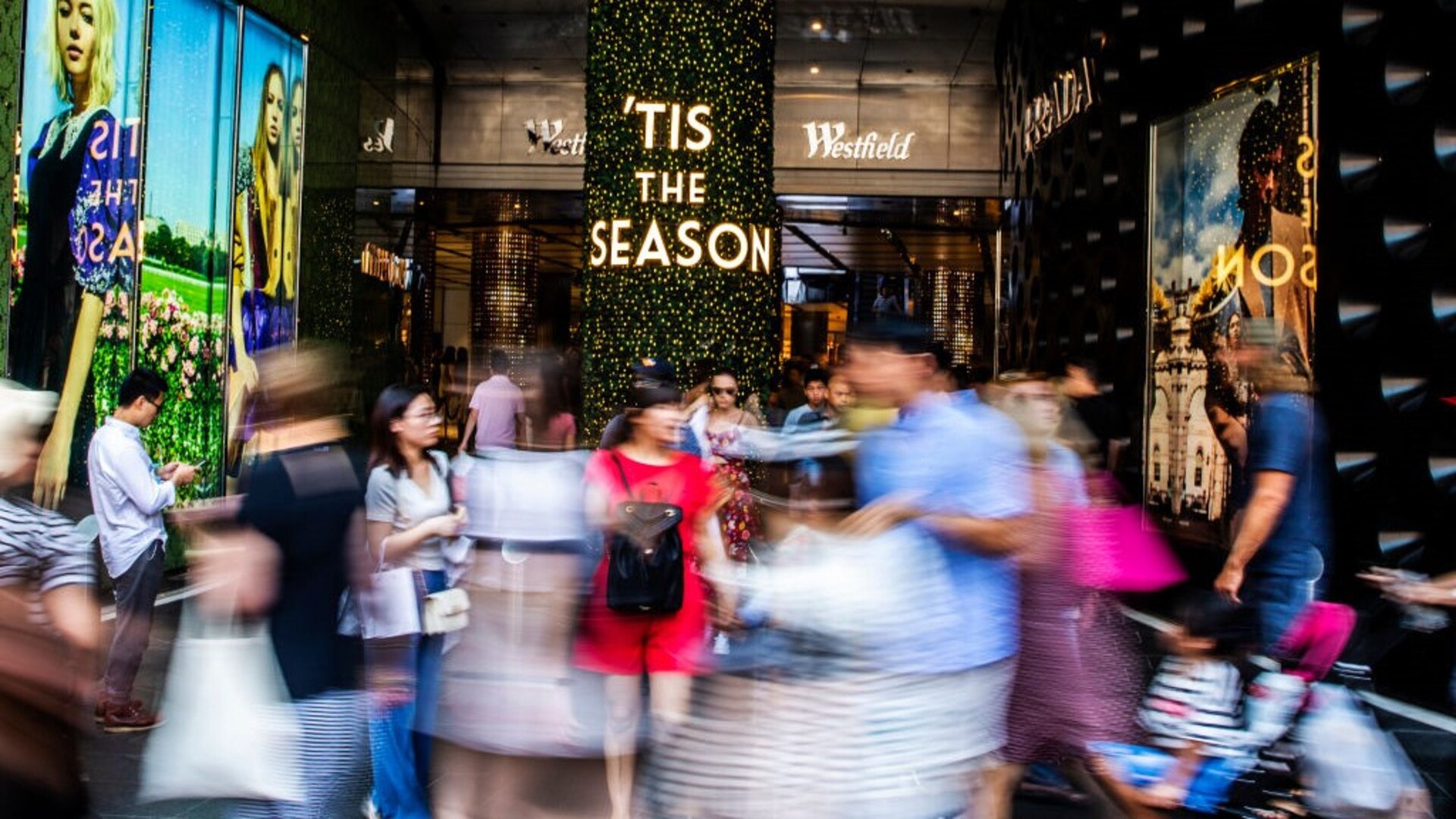
The rise in retail spending was across the board in November, with all categories showing strength.
The ABS said department store sales rose 1.8 per cent, followed by clothing, footwear and personal accessory retailing (up 1.6 per cent) and household goods retailing (up 0.6 per cent).
The latter has reversed its declining trend, while other retailing – which includes books and newspapers and pharmaceutical and health products – exhibited the strongest growth.
“Consumers have taken advantage of Black Friday sales once again, with discounting seen across clothing items, furniture, electrical goods and cosmetics,” Mr Ewing said.
“Discounts were also seen in essential goods, with businesses in food retailing boosted by higher spending due to Black Friday price cuts and points incentives through rewards programs.”
Customers also returned to eateries, with cafes, restaurants and takeaway food services up 1.5 per cent month on month, making it the fourth straight monthly rise, while food retailing rose 0.5 per cent.
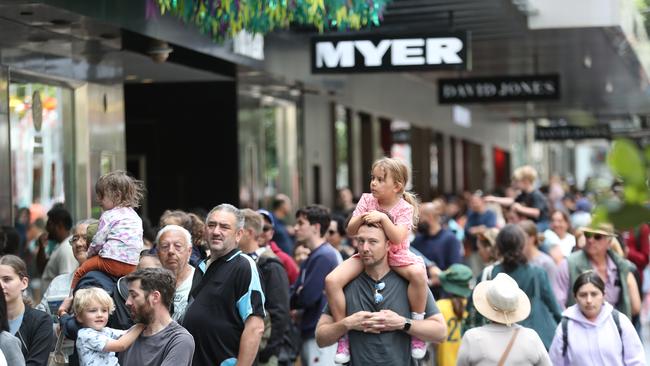
November’s spike in retail sales follows strong figures over the previous two months with October sales rising by 0.6 per cent. The ABS said this was due to retailers starting their discounts early prior to Black Friday.
Retail turnover rose in all states and territories with the impact of Black Friday felt across the country.
“The Northern Territory bounced back from two straight monthly falls following the end of the peak tourism season and adverse weather to see the largest rise of all states and territories,” Mr Ewing said.
“The stronger than usual October month saw some retailers enticing buyers to spend early with discounting, particularly on discretionary items.”
Ms Bui predicted the November spending increase would be neutral in terms of implications for the RBA.
“Retail sales disappointed and is evidence of a very gradual recovery in consumption,” she said.
“However, retail trend has clearly improved in recent months as consumers’ purchasing power also rose (thanks to lower inflation and a resilient labour market).
“The key upcoming data points remain 4Q24 inflation and next week’s employment data.”
CreditorWatch chief economist Ivan Colhoun agreed, saying the data only showed turnover had strengthened marginally.
“More broadly, the data is neither very weak nor very strong, which supports both the notion of the RBA board beginning to reduce interest rates at its February board meeting given the pleasing CPI data of yesterday and the forthcoming Australian easing cycle being relatively moderate in scale, of the order of 50-100 basis points,” he said.
Originally published as Bargain-hunting Aussies spend big during Black Friday sales

